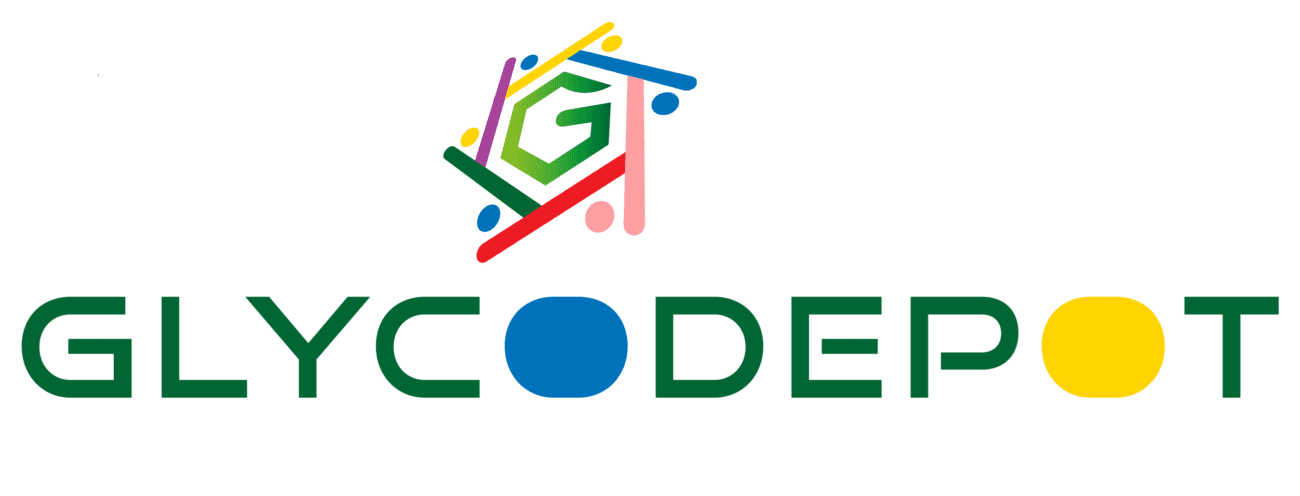3,4-Di-O-acetyl-L-arabinal is a chemically synthesized derivative of the sugar L-arabinose, specifically the arabinal form, characterized by acetylation of the hydroxyl groups at positions 3 and 4. This modification protects these key reactive sites, enhancing stability and solubility for synthetic organic chemistry applications. It appears as a white crystalline powder and is primarily used as an intermediate in the synthesis of complex carbohydrates such as oligosaccharides and glycoconjugates. The compound features an aldehyde functional group at the anomeric position, which is critical for glycosylation reactions and chemical transformations aimed at constructing diverse carbohydrate-based molecules. Used extensively in glycobiology and medicinal chemistry, it facilitates regio- and stereoselective glycosylation, aiding the development of glycomimetics, biochemical probes, and pharmaceuticals. Supplied with high purity, supported by spectral and chromatographic identity confirmation, it requires refrigerated storage to maintain its integrity and extend shelf life.
IUPAC Name
- (2R,3R,4S)-3,4-diacetyloxy-2-hydroxytetrahydrofuran-2-carbaldehyde
Appearance
Source
- Lab syntheses involving acetylation and purification of L-arabinose derivatives, ensuring chemical grade quality and reproducibility
Molecular Weight and Structure
- Molecular Formula: C10H14O7
- Molecular Weight: 246.21 g/mol
- Structure: Five-membered furanose ring with acetyl groups protecting C3 and C4 hydroxyls and an aldehyde group at C1
- SMILES: CC(=O)OC[C@H]1OC(C=O)C@@H[C@H]1O
Sugar Specificity
- L-arabinal derivative with sugar specificity conferred by the stereochemistry and protective acetyl groups
- Acts as a versatile glycosyl donor intermediate
Biological Activity
- Functions as a synthetic intermediate without direct biological activity
- Facilitates enzymatic glycosylation studies and glycomimetic synthesis
- Helps in the study of carbohydrate-protein interactions and drug development
Purity and Microbial Contamination
- Purity at or above 95% confirmed by HPLC and NMR techniques
- Chemical synthesis and purification processes assure minimal microbial contamination
Identity and Quality Control
- Confirmed by NMR, mass spectrometry, and chromatographic methods with consistent melting point range
- Supplied with Certificates of Analysis, ensuring batch-to-batch consistency
Shelf Life and Storage
- Best stored sealed at 2–8 °C, away from moisture and light
- Stable for at least one year under appropriate conditions
Application
- Used as an intermediate in stereoselective glycosylation for oligosaccharide synthesis
- Enables synthesis of glycomimetics and bioactive carbohydrates for pharmaceutical research
- Supports studies of sugar metabolism, enzymology, and glycobiology
- Useful in modular synthesis of carbohydrate-based molecular probes
Key Characteristics
- L-arabinal derivative with acetyl protections at C3 and C4
- CAS number 113778-09-9
- Molecular weight 246.21 g/mol
- White crystalline powder with high purity
- Enhances regioselective and stereoselective synthetic carbohydrate chemistry
- Stable and reliably produced with full analytic and quality certification
- Widely utilized in synthetic and medicinal carbohydrate chemistry research
Citations
- AnaxLab product documentation
- CalpacLab purity and characterization
- ChemicalBook molecular details
- PubChem carbohydrate derivatives
- Sigma-Aldrich glycosylation intermediates
- PMC biochemical research papers
- MedChemExpress molecular probes
- Synthose synthetic carbohydrate reagents
- Recent carbohydrate synthesis reviews
- Patent literature

Reviews
There are no reviews yet.